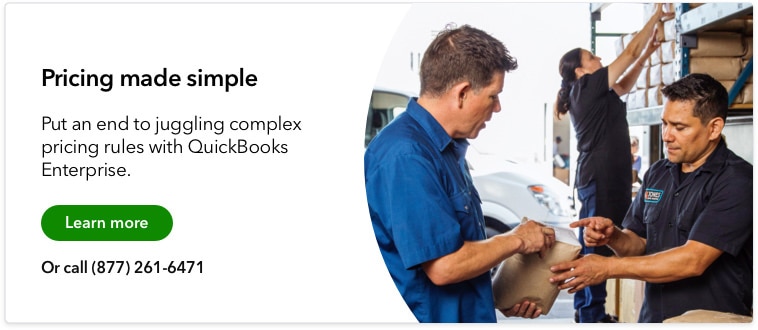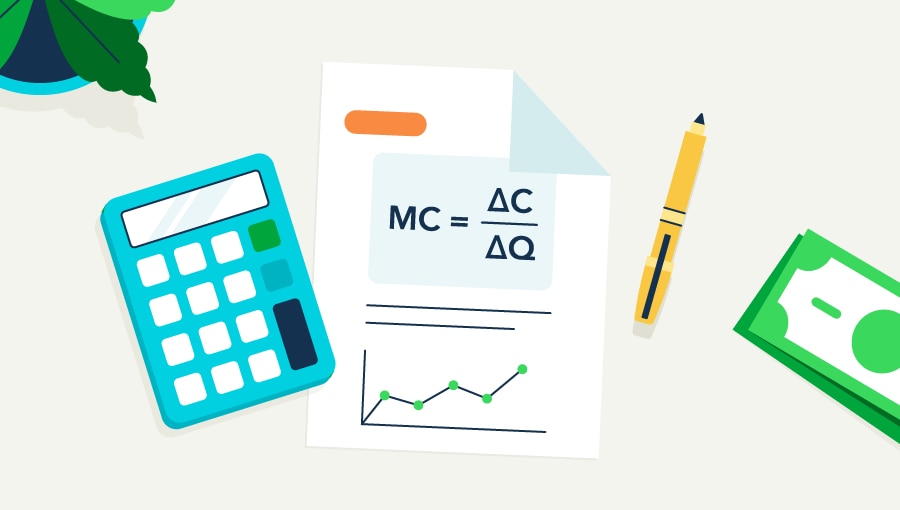How price skimming works
Price skimming works by taking advantage of the initial high consumer interest when a product has just launched. Immediately after a new release, products are usually at the peak of the market’s attention. Consumers may be willing to purchase solely out of curiosity or to be ahead of the curve.
In many cases, especially in fast-moving industries, there may also not be much competition at the time of launch.
Price skimming takes advantage of this period, essentially “skimming” off the top, and setting the highest price possible without completely alienating their target market.
When a company has attracted as many sales as possible and starts seeing its numbers decrease, it progressively lowers the product price to capture the rest of the market.
As a result, price skimming effectively works around all phases of a product’s life cycle to maximize profitability.
Here are some real-life examples of where this pricing strategy:
- Technology: Apple is perhaps one of the notorious examples of price skimming. It’s a strategy they’ve used with everything from iPhones to iPods. The iPod classic was priced at $399 in 2002 and was decreased to $299 about one year later. Other technology companies like Samsung and Google have also used this strategy. They capture a small number of innovators and early adopters upfront, hit their sales peak at mid-market, and then drop off again when the price is lowered further.
- Retail and ecommerce: Retailers or ecommerce companies often start with a high initial price, but then roll out sales and other steep discounts to appeal to their price-sensitive segment of customers. Handbag retailer, Kate Spade, has an entire sale section on their website where they display the original price of the product and its new lower price.
Price skimming vs. penetration pricing
Price skimming is the opposite of penetration pricing, where you start with a low price to penetrate the market and pull customers away from the competition.
The reason for choosing either pricing strategy largely depends on the company’s industry and target market.
Penetration pricing is more frequent among small or starting companies in a competitive market. Low initial pricing can help gain a footing against incumbents and quickly attract as many customers as possible.
Penetration pricing is also preferred by companies with low profit margins that need a larger market share to meet their bottom line.
On the other hand, price skimming is more common within technology hardware industries where there’s high consumer demand, perceived product value, and little direct competition. Thanks to the company’s investment in new developments, they create a significant barrier to entry and can confidently set high prices for their new products.
Aside from increased profit, price skimming can benefit companies in many other ways. The following section goes over some of the main benefits of this pricing strategy.













